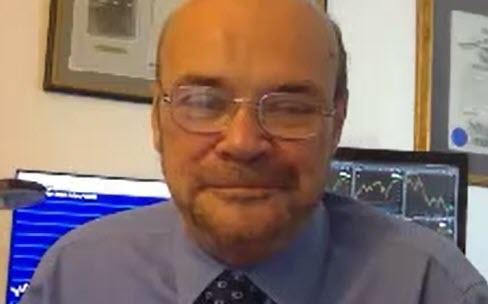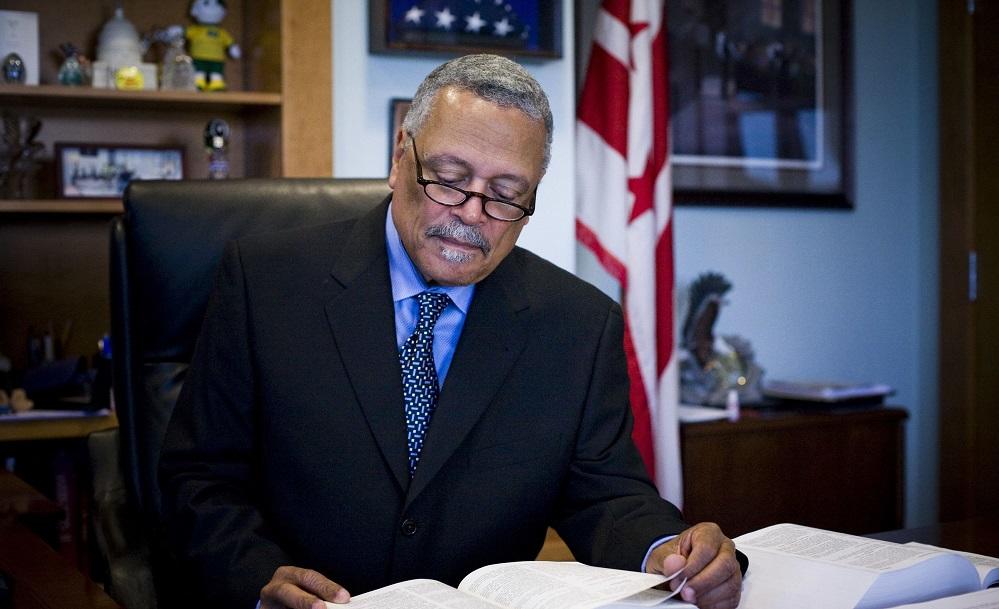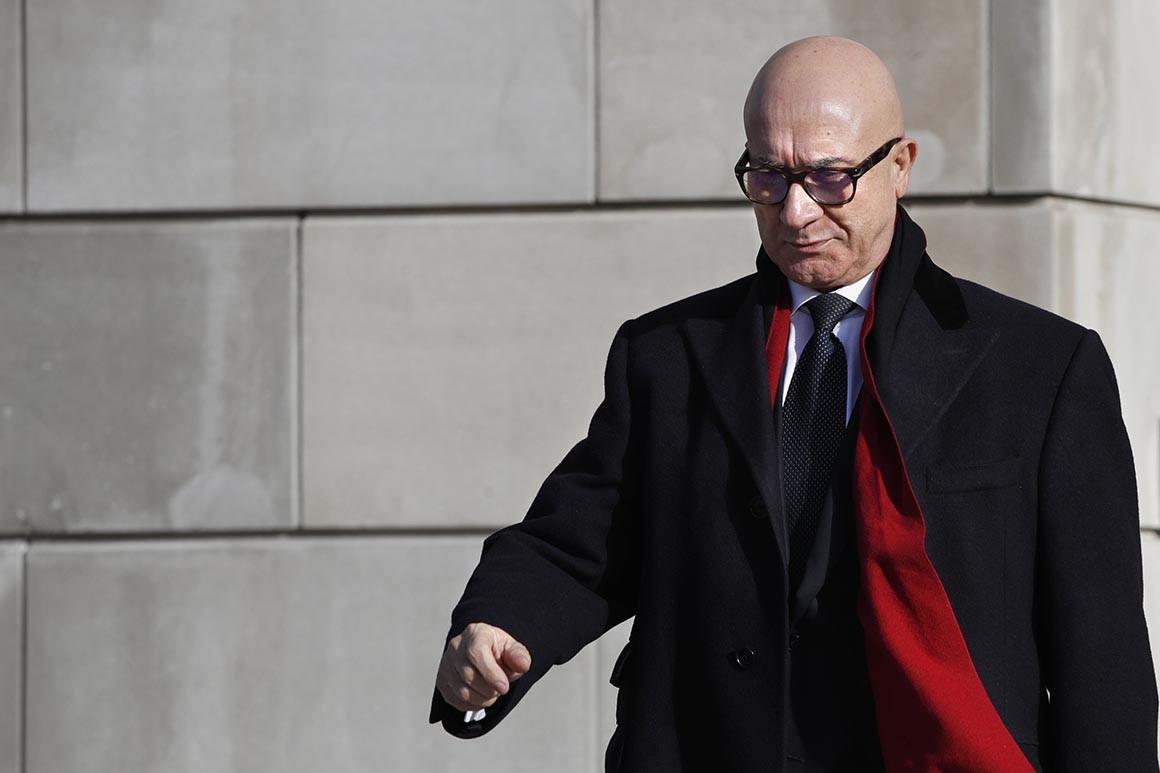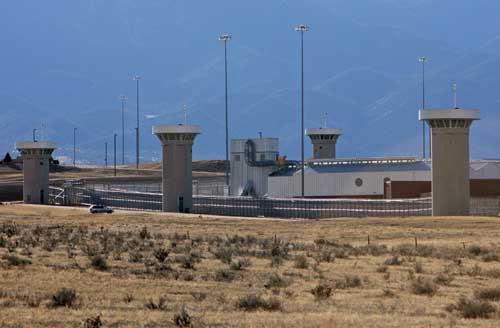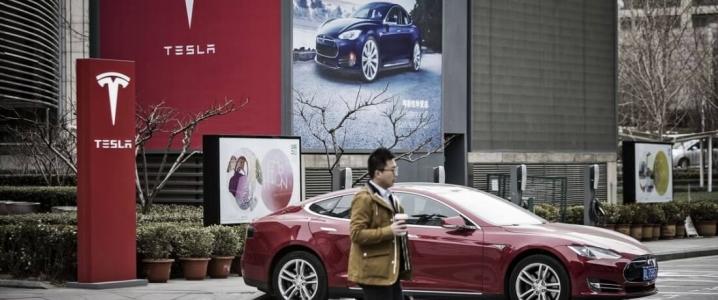Via Greg Hunter’s USAWatchdog.com,
Legendary geopolitical and financial analyst Martin Armstrong says America’s economy is like being “the prettiest ugly sister in the family” of nations.
So, if the U.S. economy is so good, why the rush to cut interest rates? Armstrong explains,
“It’s really the world economy which is in serious trouble. You really have to look closely and pay attention to the words (Fed Head) Powell said. The economy is strong, unemployment is fine. Why would you cut interest rates when the stock market is making record highs? Powell said basically because it was things happening outside the country.
The Fed, as I have said before, has become the central bank for the world… This is the problem, and Europe is a complete basket case. They don’t get it, and they keep trying to hold onto their power and punish anyone who disagrees with them…Why is the U.S. economy so good? Why is the Dow at a record high? China is in trouble. Europe is in trouble. Japan is a basket case. The capital is coming here.”
Back in February, Armstrong pointed out in an interview on USAWatchdog.com,
“Gold has been rallying right along with the U.S. stock market. This is what I’ve said all along. Eventually, towards the end, they have to align. Why? Because at that stage of the game, it’s us against government. So, tangible assets rise.”
Armstrong says gold catching a bid well above $1,400 per ounce is the beginning of people losing faith in governments around the world. Armstrong says, “What makes gold go up? That’s when the confidence in government declines,“
“…and we are no talking about just the gold bugs. We are talking about the average person on the street. They have to reach that point where they question what is going on in government. We are getting close to that. Gallup put out, and I put it on our blog, that 35% of Americans now say that government is the number one problem. When we reach about 45%, things are going to get a lot hairier…
When gold is not on a gold standard, and it’s a commodity like everything else, then basically gold goes up against the currency and so does the stock market. So, you have the stock market at highs, and you have gold that caught a bid.”
On the U.S., dollar Armstrong says, “The U.S. wants a lower dollar, and the dollar is being pushed higher.“
“People don’t get this. They say, ‘oh, the dollar has got to crash.’ If the dollar crashes, Trump is having a great day on trade and etcetera. You take the dollar up, and that is what puts pressure on world trade. . . . If the dollar goes down, they are licking their lips and say this is fantastic because they will sell more stuff. When the dollar goes up, that is when you start getting trade friction…
The dollar going up is the only thing that is going to break the system. A lower dollar is not going to break it. It is only going to prolong it.”
On Jeffery Epstein and his criminal sexual spider web of underage girls and the global elites, Armstrong says, “It’s an issue of confidence…”
“Could it contribute to the confidence and the faith in government? Yes. It depends on what these prosecutors want to do. Are they going to try to implicate President Clinton with it, or are they just going to try to hush it up as they usually do? You have the Deep State, and it’s really, really deep, and people don’t realize how bad this stuff is…
If you start taking down more and more political leaders, then you are going to start to undermine the confidence in the establishment. That’s what our computers have been showing.”
Armstrong says, “Look for inflation to pick up starting in 2020.”
Join Greg Hunter as he goes One-on-One with renowned economic and political cycle analyst Martin Armstrong.
* * *
To Donate to USAWatchdog.com Click Here
via ZeroHedge News https://ift.tt/2XPcnFR Tyler Durden
